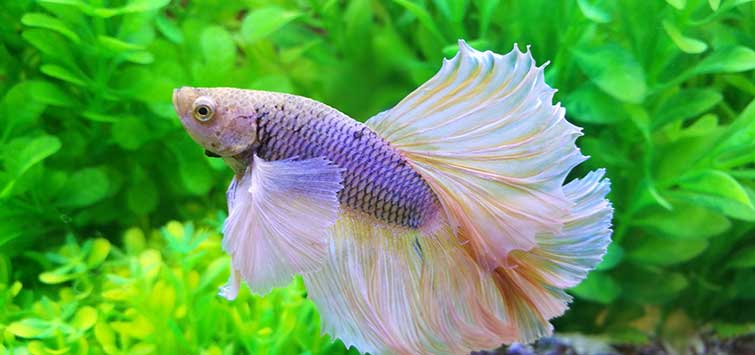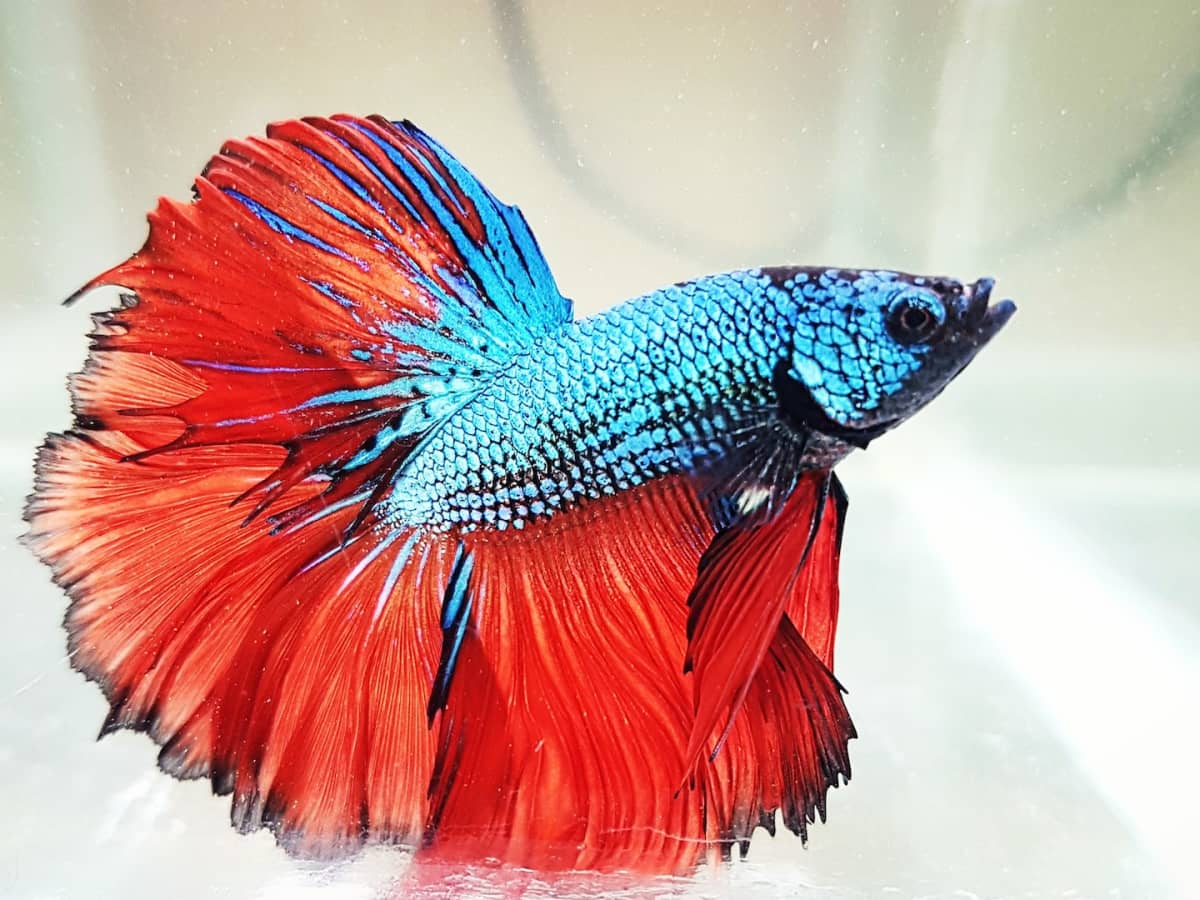Betta Fish Tank Configuration: A Step-by-Step Guide for Beginners
Betta Fish Tank Configuration: A Step-by-Step Guide for Beginners
Blog Article
Reproducing Betta Fish: a Comprehensive Step-By-Step Guide to Successfully Raising Infant Bettas From Eggs to Adulthood
Reproducing Betta fish is a thorough endeavor that requires cautious planning and implementation to make sure the successful development of fry from eggs to mature fish. Picking genetically varied reproduction couple with preferable attributes is only the start; producing an optimal atmosphere and understanding the details of the breeding procedure are similarly vital. As the male Betta carefully constructs a bubble nest and guards the valuable eggs, the subsequent stages of treatment and change need interest to detail and knowledge of ideal techniques. Exactly how does one navigate the challenging yet rewarding course of supporting these dynamic creatures to the adult years?

Choosing Reproduction Pairs
When embarking on the trip of breeding Betta fish, choosing the ideal reproduction sets is essential to attaining desirable attributes and a healthy lineage - betta fish. The primary step in this process is to determine the certain attributes you want to boost or protect, such as color, fin type, and body form. It is vital to pick genetically varied pairs to prevent inbreeding, which can bring about health and wellness problems and undesirable characteristics
Evaluate possible reproducing prospects thoroughly. A healthy and balanced male Betta needs to display vibrant colors, an active attitude, and well-formed fins, while the female ought to additionally display lively pigmentation and a rounded stubborn belly, indicating preparedness for spawning. Observing the character of both fish is essential, as aggressive or extremely timid individuals might not reproduce efficiently.
Documentation of lineage is equally vital. Maintaining documents of the parent fish's origins can aid you track genetic characteristics and potential issues. Additionally, get in touch with reliable dog breeders or on the internet sources for support on choosing suitable sets. Eventually, spending time in the choice procedure will substantially boost the probability of creating strong, dynamic children that meet your reproduction goals (betta fish).

Preparing the Breeding Container
Developing an optimal reproduction setting is a key action after selecting ideal sets for Betta fish. The breeding tank ought to be particularly made to supply comfort and boost the natural reproduction actions of the fish. Begin with a tank dimension of at least 10 gallons to guarantee sufficient space for both the male and female Bettas.
Preserve a gentle filtering system to keep the water clean while preventing strong currents that can emphasize the fish. Additionally, an air stone can be included in offer oxygenation without disrupting the water surface too much.
Temperature level law is critical; goal for a secure range of 78-82 ° F(25-28 ° C) making use of a trusted heating system. The pH level should be preserved in between 6.5 and 7.5, and routine water adjustments are necessary to make certain high water high quality.
Include drifting plants or spawning sponges to produce concealing spots for the woman, while also urging bubble nest building by the male - betta fish. Make certain the container is complimentary from sharp decors and any potential hazards, as the welfare of the fish must always be prioritized during this essential stage of breeding.
The Reproduction Process
Usually, the breeding process for Betta fish includes a collection of unique and observable habits that indicate readiness for recreation. The male Betta starts by building a bubble nest at the water's surface, which offers as a website for the fed eggs. This nest is crucial, as it gives a safe environment for the eggs till they hatch.
As soon as the nest is established, the man will display courtship behaviors, such as flaring his fins and showing lively colors to draw in the woman. The woman, upon picking up the man's preparedness, will react by showing vertical stripes along her body, signifying her receptiveness.
The fertilized eggs after that drop to the bubble nest, where the male carefully collects and returns them to the nest. Following this, the male assumes obligation for securing the nest and making certain the security of the eggs until they hatch, article source normally within 24-36 hours.
Caring for Betta Fry
Caring for Betta fry needs careful focus to their environment and nutrition to make certain healthy and balanced development and advancement. After hatching out, Betta fry are very small and at risk, requiring a secure and clean habitat. Preserving a water temperature between 78 ° F and 80 ° F is important, as Betta fry thrive in cozy problems. Furthermore, ensure that the water is devoid of dangerous toxins; routine water changes of 10-20% are suggested to keep optimal water quality.
Feeding Betta fry is similarly important. Initially, they must be offered infusoria or carefully smashed premium fry food, as their mouths are Going Here also tiny to deal with larger bits. As they expand, you can progressively present larger foods, such as child salt water shrimp or powdered flakes, to guarantee they receive sufficient nourishment. Feed them percentages numerous times a day, taking care not to overfeed, which can result in water quality issues.
Transitioning to Adult Bettas
As Betta fry mature, transitioning them to grown-up Bettas is a vital stage that needs mindful administration of their atmosphere and social communications. This procedure commonly begins when the fry get to around six weeks of age, at which factor they can be progressively introduced to a much more structured living environment.
To promote this transition, it is necessary to make sure that the water criteria-- such as temperature, pH, and ammonia degrees-- are optimum and secure. Adult Betta fish thrive in warm water (around 78-80 ° F) with a pH of 6.5 to 7.5. Progressively adapt the fry to these problems to reduce tension.
Social communications are another essential variable; man Bettas are infamously territorial and hostile. It is recommended to different males right into specific containers as they mature. Women Bettas can be housed with each other, but care needs to be taken to keep an eye on for indications of aggression.
Additionally, dietary modifications need to be made as the fry grow. Include top quality pellets and live foods to sustain their growth and health and wellness. By managing these elements properly, you can promote a successful transition to published here the adult years for your Betta fish.

Verdict
Effective reproduction of Betta fish needs careful interest to information throughout the entire process, from selecting genetically varied sets to providing optimal take care of fry. By making sure suitable breeding conditions and preserving water quality, the probability of healthy and balanced spawn increases substantially. Furthermore, a well balanced diet regimen and gradual adjustment to adult atmospheres are critical for the development and development of Betta fish. Complying with these actions vigilantly cultivates a growing populace of Betta fish, enhancing both their wellness and vitality.
Report this page